Who will dare to brave the lanes of Ceredigion at the end of October, to venture through the gathering dusk of autumn, past the great Cors Caron to the ancient settlement of Tregaron?
There, in the Welsh Gold Centre at the very heart of this small town, a fiery welcome awaits you, with food and drink, live music and hair- raising stories of winter festivals from days gone by.
Welsh designer and jeweller Rhiannon Evans, whose original work based on Celtic designs is sold all over the world, is an authority on art and culture from the Pagan period to the Age of Saints.
Her private museum at the Rhiannon centre holds an exquisite collection of figures sourced over many years from all parts of the Celtic world.
As my own interest is in a later period, amongst the hills and hovels of rural Ceredigion in the 18th century, I spoke to Rhiannon about the earliest origins of the festival we now call ‘Halloween’.
“Samhain is one of the four main festivals in the Celtic calendar, and is possibly the most important,” she said.
“Like all the others it involves music, dancing and fire, but this one is more serious, with less emphasis on pure enjoyment and more on spiritual aspects.
“It was the start of a new year, which began with a dark period, a time of gestation when the earth was dormant and preparing for the spring reawakening.”
The other ‘spirit’ festivals were Imbolc in February; Bealtaine in May and Lughnasa in August.
“At this time the veil between us and the otherworld of Annwn was particularly ‘thin’ and we were better able to communicate with people who had departed this world and with the spirits who reside in Annwn.
“Fire and torches were believed to help invite these spirits to come and join us, and a large bonfire was lit to burn away and purify the bad things of the past year in readiness for the coming year.
“People threw objects into the fire to be destroyed or made effigies representing the dying year to burn in the flames.
“Winter was a worrying period for people who had no accurate means of measuring time or absolute certainty that spring would come again.
“It was an opportunity to ask questions of the spirit world and to ask for life to continue.”
We can see how some of these all-important traditions and ceremonies have survived into our modern world.
Like the other ancient Celtic festivals, it was adopted by the Christian church and became known as All Hallows Eve and All Souls Day, later becoming All Saints Day. In Welsh it was Dydd Gwyl Eneidiau or sometimes Gwyl y Meirw, and nowadays is called Gwyl yr Holl Saint.
In recent secular times however, the religious aspects seem to have been forgotten and we have chosen to keep only the fire, candles and evil deeds, and have turned our departed souls into ghosts and witches!
The practice of making lanterns from hollowed out turnips is probably quite old, but has now evolved into large pumpkins with scary faces.’ With the obvious advantage that pumpkins are easier to carve!
“Apples are an important part of celebrating this festival and many games involving apples were played,” said Rhiannon.
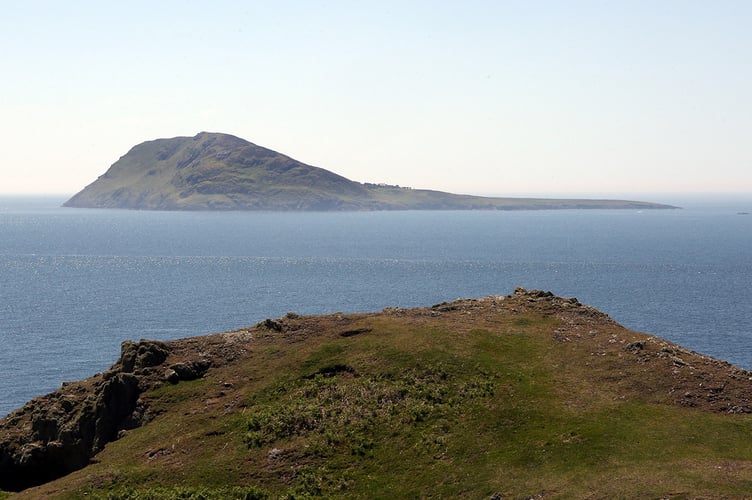
“The apple tree was the ‘magic’ tree that grew in Annwn and in Afallon (the Isle of Avalon), providing food for the otherworld beings who lived there.
“Apples are also one of very few fruits that will keep fresh through the winter months until early spring, so eating them at Calan Gaeaf is yet another link with the spirit world and with continuing life.”
Whereas modern celebrations of Halloween veer between comedy mischief and pantomime horror and are aimed mostly at the young, Pagan ceremonies included the whole community.
There was a widespread cult of the ancestors, found in many cultures even today, with the great long barrows of the Neolithic used to store the ancestors’ body parts which were arranged and rearranged over centuries.
Though, as Rhiannon emphasises, many Christian and even modern festivals have emerged from Pagan roots, active suppression was also carried out.
At Avebury for instance, that suppression was dramatic, as in the medieval period when many of the great stones from the Neolithic monument were deliberately buried.
In later centuries the remaining stones were broken up and used as building materials, fires set at their bases and the monoliths doused with cold water, a process which horrified the Antiquarian William Stukeley when he witnessed it in the 18th century.
About Jane and her books
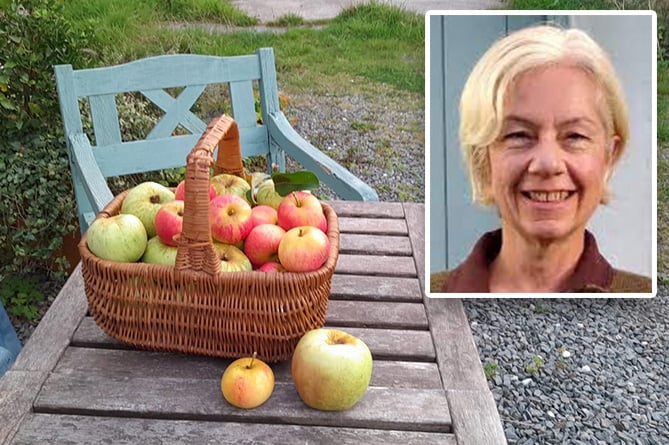
Freelance journalist and author Jane Blank’s second and third novels take place in 18th century Ceredigion on the famous Plas Nanteos estate near Aberystwyth, now a country house hotel.
Her books explore the lives of the Powell family of the mysterious mansion and the farmers, millers, horse traders and miners working for them, lead miners like her own family who worked on the Gogerddan Estate at the same period.
The Shadow of Nanteos and Nanteos: The Dipping Pool are published by Y Lolfa, available widely online and from Waterstones and many good independent bookshops.
Neither were the later rituals of the Christian All Hallow’s Eve ceremonies particularly ghoulish – families would gather to remember dead relatives, often in the cemeteries themselves which were, even into Victorian times, recognised places to meet, ‘perambulate’ and even to picnic and play games.
One practice, recorded as late as 1911 from mid Wales involves walking round and round the church at midnight and peeping through the keyhole, either to see spectral forms of those who are to die in the neighbourhood in the next twelve months, or to hear a spirit calling their names.
Pagan ritual and custom (particularly divination) often came to be associated with ‘witchcraft’ which, until the Witchcraft Act of 1737 could be punishable by death!
Yet many customs with their roots in Pagan celebration were tolerated by the Catholic Church to survive through the reformation and occasionally even the rigours of Nonconformism.
Some elements of the spirit night festivities would be familiar to us now: apple bobbing and the roasting of apples and nuts; going from house to house with lanterns to beg food and drink.
However, in the 18th century it was likely to be cross-dressing adult men and women who would call at your homestead or cottage to wassail on spirit nights, and they were often called ‘gwrachod’ (‘witches’).
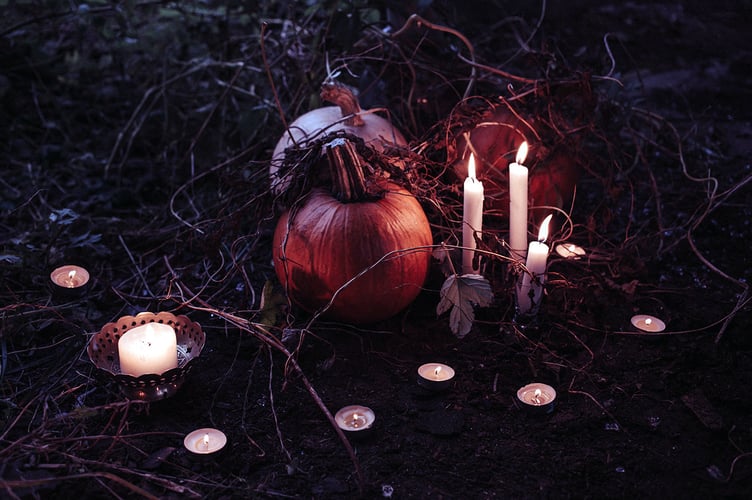
Many of our ideas about what went on at the great Pagan Celtic festivals of the British Isles come from Irish sources; testimony about later folk traditions from writers such as Hardy, Walter Scott or Robert Burns in his famous poem Hallowe’en, published in 1786. The poem recounts the practices carried out in Scotland in the 18th century. Many of these are to do with divination and are very strange indeed!
They have a distinctly rural flavour. One of my favourites is kale stalk pulling in which unmarried festival-goers close eyes, hold hands and go out into the kale field. According to how tall, short, crooked, tough or sweet your picked stem is, that will describe your future spouse!
Fire, seasonal food such as nuts (which Burns call ‘nits’!) and apples feature here too, as does ritual clothes washing which attracts the apparition of the future lover.
There are also third-hand accounts written in retrospect, often by clergy; diary entries; sometimes court records; but many eye-witness accounts are by monoglot English observers, often misunderstanding and rarely participating in the events themselves.
In my novels set in the 18th century on the vast Ceredigion estate of Nanteos, I’ve tried to get under the skin of what went on for the Werin Bobl themselves, away from the prying eyes of gentry or clergy observers.
What would it have been like to be out in the total dark of a late October night, armed only with a blazing torch, the faces of your family, friends and neighbours distorted as you made your way towards the great bonfires?
Animals that couldn’t be feed and kept over the winter were slaughtered at this time of year and there was plenty of food, but always the very real spectre of want waited at the back of country people’s minds.
We still know the frisson of walking out into the night, but then the nights were so much darker, the population so much sparser (there were an estimated 450,000 people living in Wales in the 1750s, fewer than in Cardiff today) and the stakes, in a rural economy always only one harvest, one milking cow, one saleable rent pig, away from starvation.
Living as many did in tiny lluestai and tyddyn made of clom, with floors of clay and lit by tallow and rush, socialising was done outside and there must have been a sense of dread, even fear, as the long nights drew in.
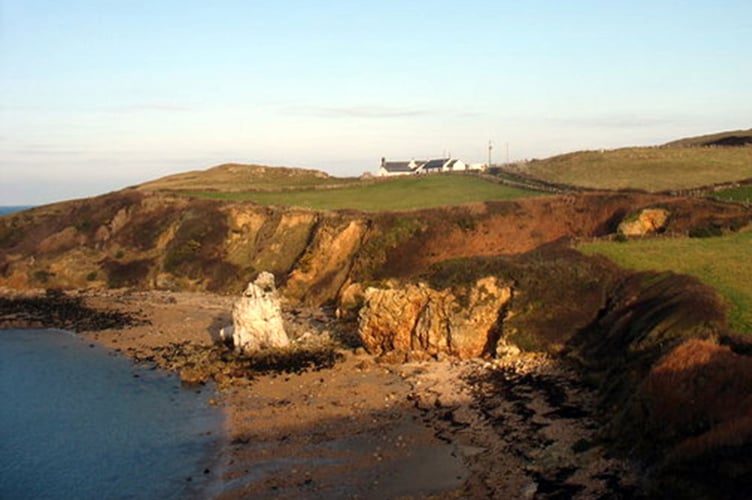
Back then the rituals practised during the year to ensure a good harvest and good health were no game.
With an average mortality in the UK below 39 years in 1765, death was ever present.
Spirits of the dead would walk abroad at All Hallow’s Eve to sit on the stiles at midnight and gather at the crossroads.
Sometimes it was the Ladi Wen or Grey Lady you would see, or even the Hwch Ddu Gwta – the huge, black sow without a tail who roamed the countryside at Calan Gaeaf, especially in the north!
If you’d like to banish the dark and discover more about what weird things involving roasted cheese and root vegetables our ancestors did around the bonfire over the centuries, join us for a Calan Gaeaf Extravaganza.
Come to the Welsh Gold Centre in Tregaron on Saturday, 28 October from 4pm to 6pm.
There will be seasonal food and drink, live folk music, a fire pit ( depending on wind speed and direction!), late night shopping and a private viewing of the new gallery exhibition.
Tickets include refreshments. These can be purchased at the centre or online in advance, or on the door. Bring your spare apples to share out on the night!

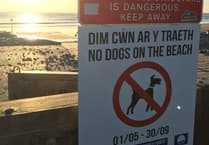
.png?width=209&height=140&crop=209:145,smart&quality=75)
.png?width=209&height=140&crop=209:145,smart&quality=75)
